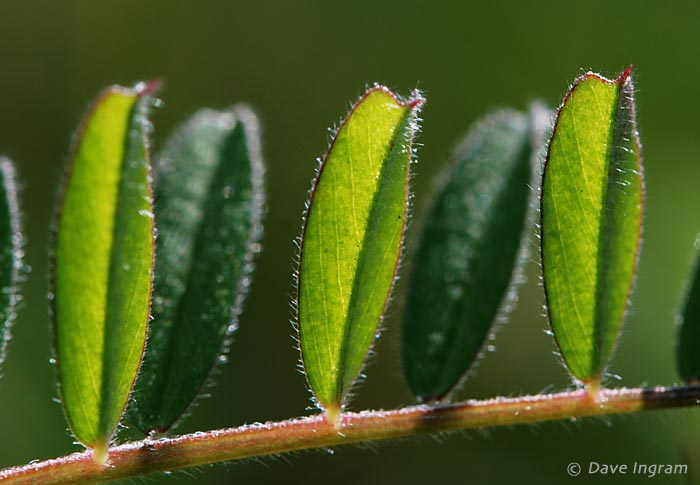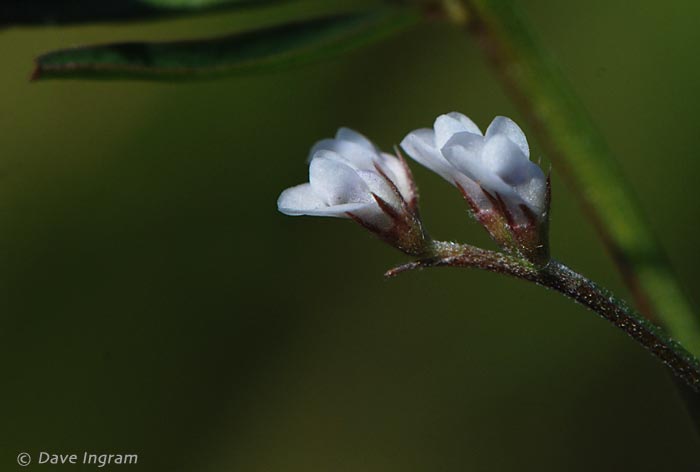The Pea Family (Fabaceae) can be a little vexing at times – with this group the small details are often what separates one species from another fairly similar looking species. Fortunately the two vetches that I’ve found so far at the Courtenay Airpark are fairly distinctive and easy to identify. Some features differentiate vetches from most of the other members of Fabaceae. The key characteristic is that the terminal leaflet of each set of leaves is actually a tendril. Keep in mind that both vetches (Vicia sp.) and peavines (Lathyrus sp.) have tendrils instead of a terminal leaf. The difference between these two is the arrangement of hairs on the style. Vetches have hairs that surround the style like a bottlebrush, while peavines have hairs on one side of the tip of the style like a toothbrush.
Common Vetch
One of the vetches is Common Vetch (Vicia sativa). It has fairly large (to 3 cm) purple pea-like flowers that grow on very short stalks in the leaf axils. The leaves are pinnately compound with 8 to 16 leaflets ending with well-developed tendrils. Each leaflet is square to notched and has a pointed tip. Common Vetch is common along roadsides, clearings and waste places. It is introduced from Eurasia.
Tiny Vetch
The second vetch was one that I’ve only recently noticed while looking closely at grass during a workshop at the Airpark (I’ll save that for another post!). The appropriately named Tiny Vetch (V. hirsuta) has very small white flowers (about 4 mm long) at the end of a short stalk that emerges from the leaf axils.
Tiny Vetch has pinnately compound leaves with 12 to 18 leaflets ending with well-developed tendrils. Each leaflet is 0.5 – 2 cm long and squared off and notched at the tip. It favours a similar habitat to Common Vetch and is introduced from Eurasia.

Once again, I’ve discovered that introduced species can be interesting to take a second look at. These two peas are ones that I’m now more familiar with and will keep an eye on while on my weekly nature walks.


